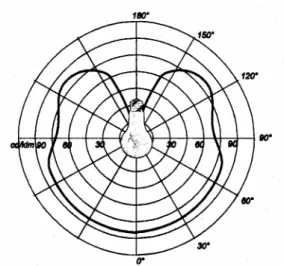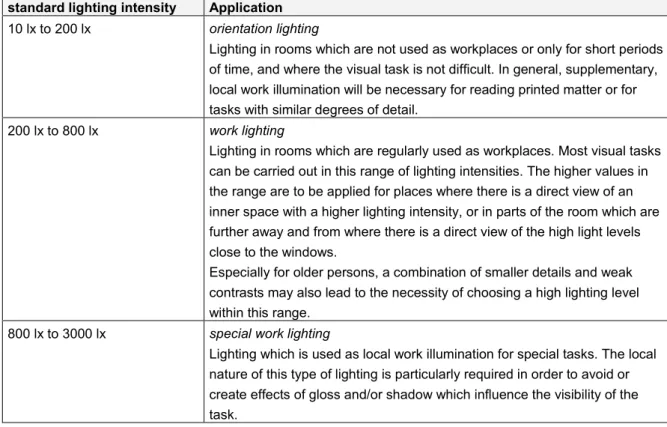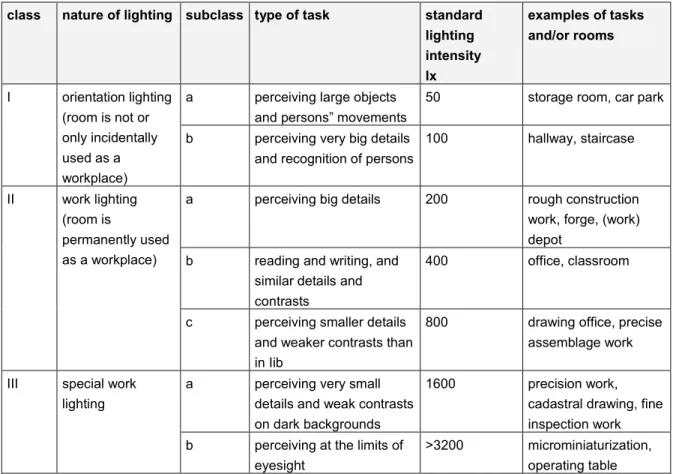Light – basic concepts standarts and requirements – KLIMAPEDIA
Hele tekst
(2) Kennisbank Bouwfysica E. LI-2 ; Light –basic concepts, standards and requirements as to lighting. figure 2.. 2. spectral distribution of sun radiation; wavelength in micrometers (ultraviolet visible infrared). Colour and colour temperature Different colours belong to the different wavelengths (see figures 1 and 2). All colours combined, as in sunlight, are perceived as white. This is also true for the light of e.g. incandescent lamps, but generally speaking sunlight is perceived as whiter than lamplight. The perception depends on the extent to which the various wavelengths are represented in the spectrum. Incandescent lamps, as the sun, are temperature radiators. At low temperatures (heating elements in rooms) only heat radiation is transmitted. At higher temperatures infrared, visible light and even ultraviolet is added (see figure 3).. figure 3.. example of a temperature radiator: a pot with melted bronze; the outside of the pot has a lower temperature than the bronze in the top of the pot. For the temperature of the sun (on average approximately 5750 K) the top of radiation is situated in the middle of the domain of visible light. At lower temperatures the top moves to the longer wavelengths, the red area, and the colour of the light becomes more “yellow”. For incandescent lamps (2700-2900 K), though, the top of the radiation curve lies beyond the visible domain (see figure 4). 2 of 8 August, 2005.
(3) Kennisbank Bouwfysica E. LI-2 ; Light –basic concepts, standards and requirements as to lighting. figure 4.. wavelength and intensity of radiation transmitted, as a function of temperature. The radiation temperature is a measure of the “atmosphere” of white light. Fluorescent lamps (neon light) are not temperature radiators and therefore often have a spectrum with a shape quite different from that of e.g. a incandescent lamp. Modern fluorescent lamps with high light yields have a spectrum consisting of several bands (three or more), that – together – are still perceived as white light. Also for these sources of light an (imaginary) radiation temperature is used for the specification of the light colour. This is referred to as the added colour temperature. The following names of the light colours correspond to the following temperatures: <3300 K warm white, 3300-5000 K white, >5000 K cool white. The added colour temperature is determined by comparing the light of the lamp to be examined with the light of a black radiator. The temperature at which the light colour of the black radiator corresponds best to the light colour of the lamp to be examined, is called the “added” colour temperature. However, the colour temperature does not explain the quality of the colour rendering of the lamplight under consideration. After all, an object with a specific colour is only perceived as having this colour if and when the light shed on it contains this colour to a sufficient degree. Different fluorescent lamps may have different spectra although identical added colour temperatures, and subsequently have different colour renderings. 3. Colour rendering index The colour rendering index Ra has been introduced for describing colour rendering. This index indicates to which degree the colour perceptions of a number of samples under the light of the 3 of 8 August, 2005.
(4) Kennisbank Bouwfysica E. LI-2 ; Light –basic concepts, standards and requirements as to lighting. source to be examined correspond to the colour perceptions of the same samples under the light of a reference source under carefully specified circumstances. For light sources with (added) colour temperatures of <5000 the reference light source is a black radiator of the same temperature as the (added) colour temperature of the light source to be examined. Above 5000 K a reference light source must be used with a spectral energy distribution corresponding to the C.I.E. standard daylight D (C.I.E. = Commission Internationale de l’Eclairage). The general colour rendering index is determined from the extent of colour shift that occurs for 8 test colours. This general index may be supplemented with the colour shifts of another 6 colour samples. Furthermore, the individual one or more of this total of 14 samples may be added. If the colour rendering indices of two light sources match, but the added colour temperatures do not, the colour rendering as such may differ. Therefore, when comparing two light sources one should always consider both variables. The maximum colour rendering index is Ra = 100. This value is to be found when there is no colour shift at all. The colour rendering index of incandescent lamps often approaches the maximum; after all, they are temperature radiators. Fluorescent lamps can also reach very high values. This used to be at the expense of the light yield. Nowadays, however, one has succeeded in realizing very acceptable colour renderings for high yields, with the aid of socalled “three-band” lamps. 4. Variables, measures for the amount of light and lighting of surfaces In the discussion of lighting there is an interest in the amount of visible light, rather than in the radiation that lies beyond the visible domain. Since the human eye is not equally sensitive to all wavelengths, one cannot restrict oneself to directly measuring the amount of energy within the wavelength domain of visible light. The eye sensitivity, though, does not only depend on wavelength but also on the intensity of light. In the domain relevant to Building physics the relative eye sensitivity is represented in figure 5 it turns out that the human eye reaches its maximum sensitivity for light with a wavelength of 0.555 m (yellowish green).. figure 5.. 4.1. sensitivity of the human eye at different wavelengths of light for average circumstances in a built-up environment. Light flux, lumen (lm). The variables in which light is measured originally have been determined on the basis of a visual comparison of brightness: light was shed on a reference surface. The light intensity of a known light source was varied (by changing the distance or by filtering) until the brightness impression that arose was equal to the one for the light source to be measured. Amongst 4 of 8 August, 2005.
(5) Kennisbank Bouwfysica E. LI-2 ; Light –basic concepts, standards and requirements as to lighting. other sources, for this procedure a candle was used as a standard light source that had a specific size and composition. At a distance of 1 meter the standard candle, seen as a focal point light source with an intensity of 1 candela, illuminated a surface with a lighting intensity of 1 lux. Later lighting measures have been derived from the energy flux that represents the light (the electromagnetic radiation). Therefore, besides the light intensity (candela, cd) and the lighting intensity (lux), also the light flux has been introduced. Light flux is defined as that part of the total of electromagnetic radiation that the human eye perceives as light, taking into account the eye sensitivity as mentioned above. Light flux is expressed in lumen (lm). 4.2. Light intensity, candela (cd). The light intensity indicates the size of the light flux that is radiated in a specified direction. For that purpose an imaginary sphere is taken with a radius of 1 metre around the (focal point) light source. A complete sphere covers a solid angle of 4π steradians (sr); one eighth of a sphere or another more or less regularly formed beam of light covering the same solid angle, is 0.5π steradian in size. As an example figure 6 shows the light intensity diagram of a incandescent lamp. This diagram has been normalized at 1000 lm. If the bulb would radiate an equal amount of light into all directions, the light intensity in all directions would be 1000/4π = 80 lm/sr = 80 cd.. figure 6.. polar light intensity diagram of a incandescent lamp normalized at a total light flux of 1000 lm. Likewise there are light intensity diagrams of light fittings (with specific types of lamps). From these it can be determined which type of fitting is most appropriate for a specific purpose: general lighting, wide beam, lighting an object (spotlight), narrow beam, and so on. Suppose the 1000 lm of the example in figure 6 is emitted in a solid angle that corresponds to a one-eighth sphere segment (e.g. by using an optical system with mirrors), the light intensity will be 8 times as high, 640 cd instead of 80 cd. The same goes for the lighting intensity on a surface at a specified distance from the light source. 4.3. Lighting intensity, lux. The lighting intensity is the main measure where the “eye task” is concerned. The lighting intensity indicates how much lumen is shed on a m2. Therefore, the measure of lighting intensity is lumen/m2, to be precise. However, the name for this has become “lux”.. 5 of 8 August, 2005.
(6) Kennisbank Bouwfysica E. LI-2 ; Light –basic concepts, standards and requirements as to lighting. 4.4. Brightness and luminance. A brightly lit surface has a large brightness. The physical measure describing this is called “luminance”. In the description of light intensity a focal point light source was assumed. In actuality, however, a light source always has some size. When all the light is emitted by a relatively small surface, it is much brighter than when emitted by a large surface. In fact, the luminance is the light intensity per surface area; it is expressed in cd/m2. 4.5. Lighting intensity versus luminance, reflection. What we perceive is always the luminance of a surface, rather than the lighting intensity. We can only see the light that is emitted (lamp, dome of the sky) or that is reflected (desk top, inner walls, buildings, trees). A well-lit, black wall will still remain dark. A wall with a colour will only reflect the “yellow” part of the white light. If green light is shed on a red wall, nothing will be reflected and the wall will remain dark. The reflection factor (r) is used for describing the extent of reflection. This factor describes the light flux that is reflected, in proportion to the light flux that falls on a surface area. Most surfaces cause a diffuse reflection. That is to say, that the luminance is equally large in all directions. The brightness of the surface remains the same, irrespective of the angle at which the surface is seen. Light surfaces (white stucco) have a reflection factor of r = 0.700.80. When they become old (and dirty) this decreases to r = 0.30-0.60. Bricks have a value of r = 0.10-0.30 (new) and r = 0.05-0.15 (old). Concrete has values in between. For effective interior lighting light colours are to be preferred. 5. Requirements for interior lighting The Building Decree mentions no direct legal requirements for the interior lighting of buildings. There are only a few rules for daylight access: only a minimum daylight opening in the façade is required. This type of requirement for workplaces has been laid down in the Occupational Health and Safety Decree (Du.: Arbobesluit) (implementing order of the Occupational Health and Safety Act). With respect to workplaces the Act does mention some requirements for interior lighting (Occupational Health and Safety Decree (Du.: Arbobesluit), article 6.3: Daylight and artificial light): 1. When employees are present workplaces and the immediate accesses to them are lit by daylight, artificial light or both in a sufficient and efficient manner. 2. The artificial light has been implemented in such a way that risks of accidents are prevented. 3. The colour used for artificial light must not alter or influence the perception of safety and health signals. These directions are worked out in the “Policy Formulations” of the Occupational Health and Safety Decree (Du.: “Beleidsregels arbowetgeving”) into: When employees are present, workplaces and the immediate access to them are lit by daylight, artificial light or both in a sufficient and efficient manner, if and when the Dutch norm. 6 of 8 August, 2005.
(7) Kennisbank Bouwfysica E. LI-2 ; Light –basic concepts, standards and requirements as to lighting. NEN 3087:1997 has been met (“Visual ergonomics in relation to lighting – Principles and applications”). On the basis of this norm and the underlying rules and regulations this chapter offers global guidelines that are also followed by the Dutch Government Building Department (Du.: Rijksgebouwendienst) (see www.Rijksgebouwendienst.nl: publication Quality of building physics for Government Housing – September 1999, to be downloaded in pdf). For lighting intensities to be applied in actual situations, this publication refers to the norm NEN 1890:1991 “Interior lighting – functional requirements”. The lighting intensity required depends on the “critical size of detail” of the eye task. This means: the smaller the objects that have to be perceived, the higher the light intensity required. A general classification, taken from NEN 3087, is shown in table 1; table 2 shows the more elaborated survey of NEN 1890. In general, these lighting intensities are adhered to in the design of lighting schemes. In addition to the lighting intensity, also the proportion of luminances within the visual range is of importance. The differences must not be too big, because otherwise the human eye does not know on which to focus. Generally the following proportion of luminances is taken for the eye task (white paper on a desk) : direct environment (desktop) : distant environment (walls of the room) = 10 : 3 : 1. Luminance proportions of larger than 10 lead to excessive fatiguing and loss in perception. Bright light sources within the visual field may also cause big problems. As a function of the angle at which they are seen, in relation to the normal direction of view, NEN 1890 also gives limit values for luminance. In general, present-day (office) light fittings are excellently shielded off. However, it is of importance to pay attention to this when selecting light fittings. standard lighting intensity. Application. 10 lx to 200 lx. orientation lighting Lighting in rooms which are not used as workplaces or only for short periods of time, and where the visual task is not difficult. In general, supplementary, local work illumination will be necessary for reading printed matter or for tasks with similar degrees of detail.. 200 lx to 800 lx. work lighting Lighting in rooms which are regularly used as workplaces. Most visual tasks can be carried out in this range of lighting intensities. The higher values in the range are to be applied for places where there is a direct view of an inner space with a higher lighting intensity, or in parts of the room which are further away and from where there is a direct view of the high light levels close to the windows. Especially for older persons, a combination of smaller details and weak contrasts may also lead to the necessity of choosing a high lighting level within this range.. 800 lx to 3000 lx. special work lighting Lighting which is used as local work illumination for special tasks. The local nature of this type of lighting is particularly required in order to avoid or create effects of gloss and/or shadow which influence the visibility of the task.. table 1.. survey standard lighting intensities from NEN 3087. 7 of 8 August, 2005.
(8) Kennisbank Bouwfysica E. LI-2 ; Light –basic concepts, standards and requirements as to lighting. class. nature of lighting subclass type of task. standard. examples of tasks. lighting intensity. and/or rooms. lx I. orientation lighting (room is not or only incidentally. a b. used as a workplace) II. work lighting (room is permanently used as a workplace). perceiving large objects. 50. storage room, car park. 100. hallway, staircase. rough construction work, forge, (work). and persons” movements perceiving very big details and recognition of persons a. perceiving big details. 200. b. reading and writing, and similar details and. 400. office, classroom. c. perceiving smaller details. 800. drawing office, precise. depot. contrasts. III. special work lighting. a. b table 2.. and weaker contrasts than in Iib. assemblage work. perceiving very small 1600 details and weak contrasts. precision work, cadastral drawing, fine. on dark backgrounds. inspection work. perceiving at the limits of eyesight. >3200. microminiaturization, operating table. standard lighting intensities for various applications from NEN 1890. 8 of 8 August, 2005.
(9)
Afbeelding
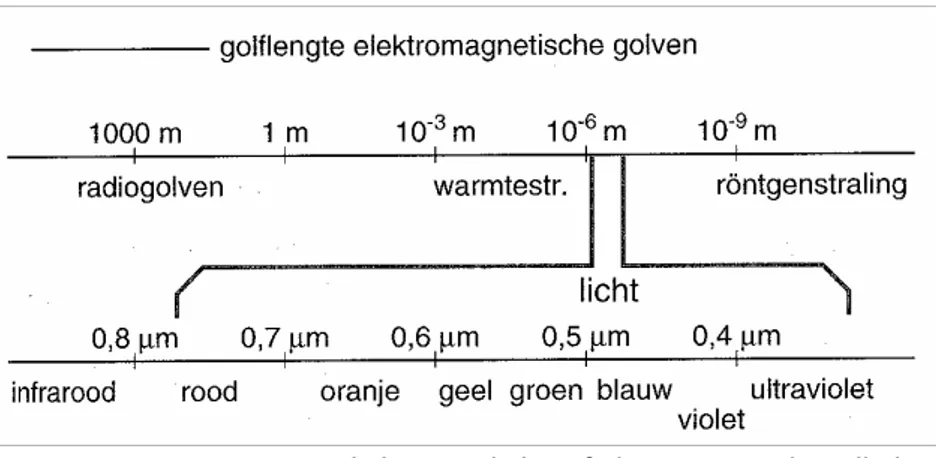
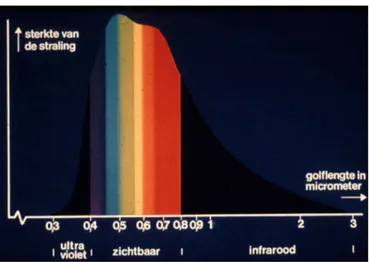
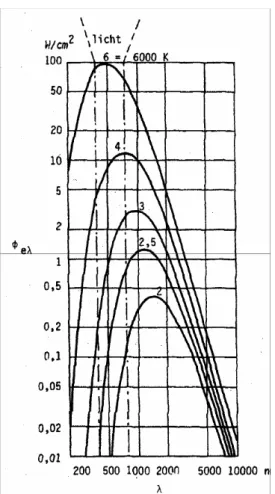
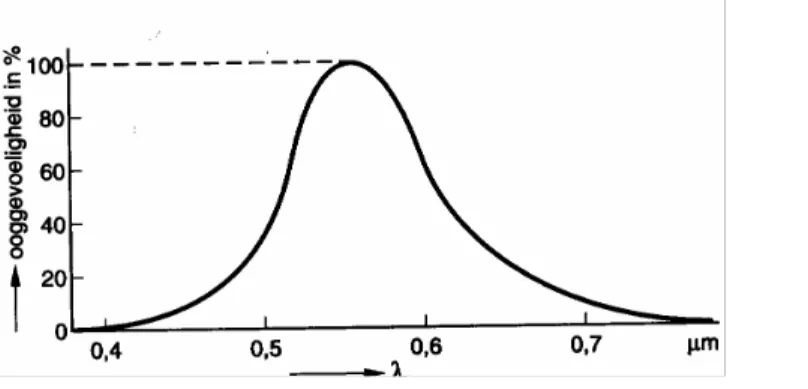
GERELATEERDE DOCUMENTEN
The study aimed to determine the food behaviours and dietary patterns of pregnant youth in the Polokwane Local Municipality of Limpopo province.. It was a
The study results indicate that end-user resistance is mainly a result of lack of training and awareness of information security policies in the organization.. The
tuberculosis in response to rifampicin exposure may aid in the development of drugs to improve the efficacy the current anti-TB drugs, such as efflux and ATP (energy metabolism)
Verder komen in het gebied twee grafheuvels voor bij het Kraaiennest in het noorden van de Loenermark en op de Zilvense Heide figuur 3.. Ze zijn nog
Once agreed, glue the cards onto the poster and record your explanation for each match.. Continue to take turns until you have ten groups
Balken werden door de moordgaten naar buiten gestoken en onderling verbonden zodat er een gaanderij op kon gebouwd worden.. Binnen op de weerzolder werden deze
Copyright and moral rights for the publications made accessible in the public portal are retained by the authors and/or other copyright owners and it is a condition of
Tritt eine Koinzidenz zwischen einem Ersatzgelenk und einem Gelenk auf, so kann von einer Iokalen Bewegung gesprochen werden, jedoch nicht die eines einzelnen Gliedes
